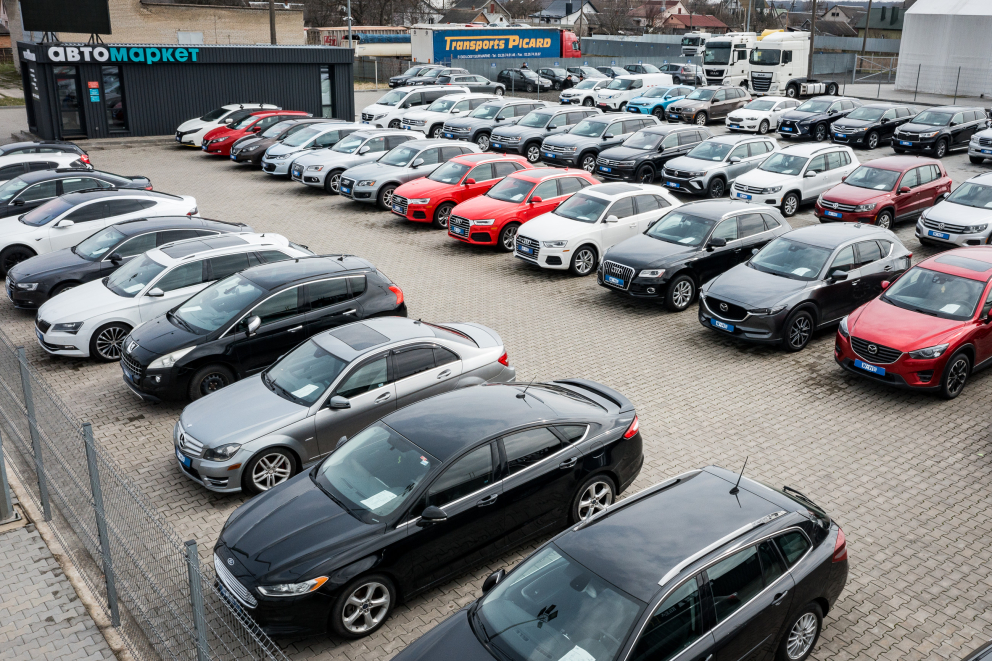The state plans to receive $3,200 in taxes from the sale of used cars: what has changed in the legislation?
At the beginning of October 2024, new requirements for the sale of taxable vehicles came into force. Now, in order to register the sale of a car, you need to provide an official document with an estimate of its value. Such a document can be issued either by the expert service of the Ministry of Internal Affairs, or by special entities that have the right to evaluate vehicles. The changes were made by the relevant Cabinet resolution and are aimed at reducing tax evasion when selling cars.
Which vehicles are subject to taxation?
According to the Tax Code of Ukraine, sales taxes are collected from individuals who sell a second car (car, moped or motorcycle) within one calendar year. The tax rate is 5% of the value of the vehicle. If a person sells a third or subsequent vehicle, the tax rate increases to 18%. Also, a military tax of 1.5% is added to each sale, although this tax may increase to 5% if draft law #11416-d is passed.
For other types of vehicles, such as trucks, buses, trailers and special equipment, the rate is 5% for the first and second sale, and 18% for the third and subsequent sales. A military levy is also added to each deal.
New rules for assessing the value of a car
One of the main changes is that now the value of the car being sold cannot be determined by the words of the seller. This value must be confirmed by an official assessment issued either by the expert service of the Ministry of Internal Affairs or by other authorized entities. There is also an opportunity to use the vehicle valuation calculator on the website of the Ministry of Economy, although its database does not cover all popular car models.
Reasons for changes and their consequences
According to Deputy Minister of Internal Affairs Bohdan Drapyaty, such changes were introduced to combat underestimation of the value of vehicles during sale. Previously, sellers could indicate a much lower price, which reduced the amount of tax. For example, premium cars were often valued at 10-15 thousand hryvnias, which is an obvious understatement. One such case concerned the sale of a 2022 Tesla Model 3 for 10,000 hryvnias, while its real market value is more than 900,000 hryvnias.
The main service center of the Ministry of Internal Affairs predicts that the innovations will significantly increase budget revenues from the sale of vehicles. If earlier in the year about 1.8 billion hryvnias of taxes came from 471 thousand cars sold, now it is expected to increase to 62.4 billion hryvnias, which is 60 times more.
Average tax burden
Despite the significant potential for increasing tax revenues, the calculations are questionable. Currently, the average tax for one car is about 3,900 hryvnias ($100). New valuation rules increase this burden to 132,510 hryvnias ($3,200), which seems an overly optimistic forecast for the Ukrainian market. After all, 40% of cars on the market cost less than $3,200, and the average price is $5,500.
- Learn more about in-depth analytical research, expert forecasts and educational initiatives that contribute to the creation of a transparent and civilized car market in Ukraine and stay up to date with the latest trends and gain valuable information for successful activities in the automotive industry. Visit our partner's website Institute of Car Market Research.
Impact on the market
It is expected that such innovations will significantly affect the car market. New challenges will arise for sellers and buyers, as the increase in the tax burden will make the sale of used cars less profitable. This is especially true when owners sell their second or third car during the year, as the tax rate rises to 18%.
However, there is a possibility that sellers will look for alternative ways to avoid taxes. In particular, consignment sales or the transfer of ownership through other mechanisms that do not involve the payment of tax may become more active.
Conclusion
Despite the introduction of new rules for assessing the value of cars, the effectiveness of these changes remains in question. Expected tax revenues may be overstated, and in practice the market may not support such high projections. However, the innovations certainly encourage a more transparent and honest process of selling vehicles, which is a positive step in the fight against tax evasion.
- The information in this article was prepared with the support of our partners Institute of Car Market Research.
